- About us
- Support the Gallery
- Venue hire
- Publications
- Research library
- Organisation chart
- Employment
- Contact us
- Make a booking
- Onsite programs
- Online programs
- School visit information
- Learning resources
- Little Darlings
- Professional learning
'The Australian Wonder', Johnny Day (1856–1885), was an undefeated world-champion juvenile walker. Born in Victoria, he competed in Australia and London, winning an incredible 101 walking matches by age ten. The activity of competitive walking, or 'Pedestrianism' as it was known, attracted large crowds at its peak in the mid-nineteenth century. The sport's early history dates back to 1600 when the English aristocracy would send their footmen ahead of their carriages to deliver messages. To the amusement of the nobility, the footmen were often pitched against one another in races upon which large sums of money were wagered. By 1800, competitive long-distance walking had emerged as a popular sport and by mid-century it had become glamorised as a lucrative international sport. In late 1863 the Argus reported that 'Martin, of Bendigo, a pedestrian of some note, has challenged John Day, of Ballarat, a lad eight years of age, to walk him a distance of 800 yards for £5 a side'. In 1865 the 'Kentish Dwarf' and Master Johnny Day had a trial of speed on the Ballarat Cricket Ground. In 1867 Day was said to have walked 300 times around 'the circle' at the New Royal Victoria Theatre in Sydney in an attempt to cover five miles in less than 50 minutes. Towards the end of the 1860s, Day turned from pedestrianism to equestrianism and his name began appearing in the columns of horseracing pundits. In 1870, at fourteen years of age, Day jockeyed the bay gelding Nimblefoot to victory in the Melbourne Cup in what was one of the most controversial finishes in Cup history. Young jockey Day got the last 'ounce of his mount', pipping the British thoroughbred Lapdog at the post and withal recording the quickest race time in the first ten years of the Melbourne Cup with three minutes, 37 seconds. By the turn of the century pedestrianism had been largely superseded by competitive cycling. Johnny Day didn't live long enough to witness it, being only 28 when he died of Addison's disease in June 1885.
Purchased 2014
Johnny Day (age 10 in 1866)



On one level The Companion talks about the most famous and frontline Australians, but on another it tells us about ourselves.
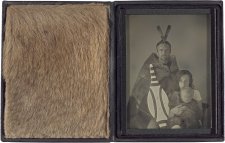
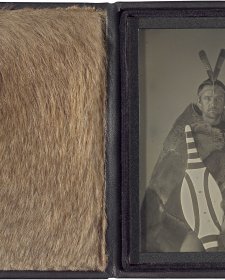
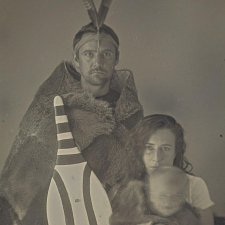
This sample of 56 photographs takes in some of the smallest photographs we own and some of the largest, some of the earliest and some of the most recent, as well as multiple photographic processes from daguerreotypes to digital media.
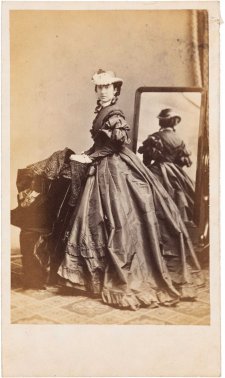
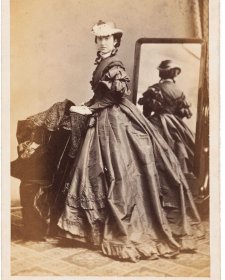
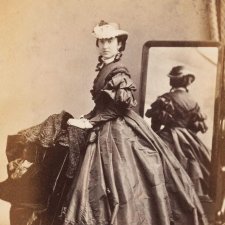
Drawn from the NPG’s burgeoning collection of cartes de visite, Carte-o-mania! celebrates the wit, style and substance of the pocket-sized portraits that were taken and collected like crazy in post-goldrush Australia.